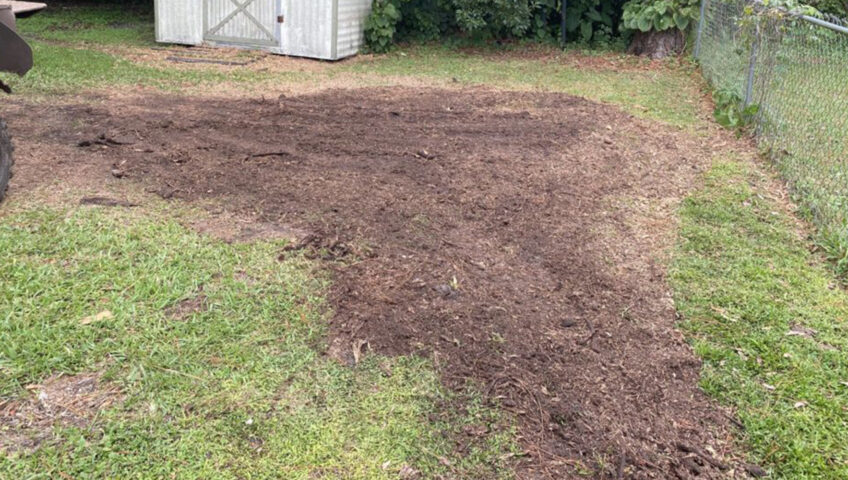So, you have finally dealt with that pesky tree stump hiding on your land. Stump grinding appears to be the magical word to make it vanish, but what about the remainder? Can the wood chips left behind to haunt your soil forever? Rest easy, intrepid gardener, for today, Stump Grinding Jacksonville experts will explore the intriguing realm of stump grinding decomposition.
The Pace of Decay: Speedy Sprint or Marathon?
The reality of the situation is that there is no universal answer to this question. As diverse as roots which once held them the decomposition speed of stump grindings. Several factors play a crucial role in this earthy waltz:
- The Size of the Shreds: Imagine Goldilocks and the porridge – smaller chips decompose quicker than larger pieces. Hence, a fine grinder operates miracles for a faster grinding process.
- The Wood’s Identity: Softwood chips, such as pine or cedar, break down more quickly compared to their hardwood counterparts like oak or maple.
- Moisture Matters: As a good sponge, wood chips require moisture content to support microbial activity. This decomposition party will continue, simply through regular watering!
- Temperature Takes the Stage: Warmer temperatures are the invitations to the dance of decomposition. This process is slowed down to colder regions so be ready if you are living in the winter wonderland.
- Microbial Munchers: These minute but powerful organisms work hard in the breaking down of wood. If you add nitrogen sources such as compost or manure you can increase their numbers and also their appetite.
So, How Long is Forever?
Amid all these whirlwinds, it is difficult to pinpoint an exact timeframe. But here’s a rough estimate:
- Fine wood chips? Prepare to watch them go away in 3-6 months.
- Larger hardwood chunks? 2-5 years can be taken, depending on leisure, to fully decompose.
- And the remaining stump base? He could stay with that stubborn fellow for 5-10 years, but he’ll become smaller and smaller with time.
Don’t Wait, Accelerate!
While patience is a virtue, there are tricks to speed up the process:
- Mix it up: Use a blend of larger and smaller chips to create a diverse habitat for decomposers.
- Turn it over: Aeration is key! Break up the pile after a few weeks to aerate it.
- Mulch madness: To retain moisture and heat, cover the pile with leaves or straw.
- Compost calling: Add mature compost to the mix to include good microbes and essential nutrients.
From Wood Chips to Garden Riches:
The good news is that the decomposing wood chips are not just occupying space. Slowly but surely, they turn into nutrient-dense bounty for your soil. Once decomposed wood chips can be used as mulching, added to your composting pile to make it richer, or you can plant right in the earth. With such beauty and functionality, it is as if turning scraps into treasure!
Well, so that’s it the secret life of stump grindings. Decomposition is a dance with nature and with a bit of knowledge and TLC, you can transform those wood chips into the ingredients for a healthy garden. Happy composting!
